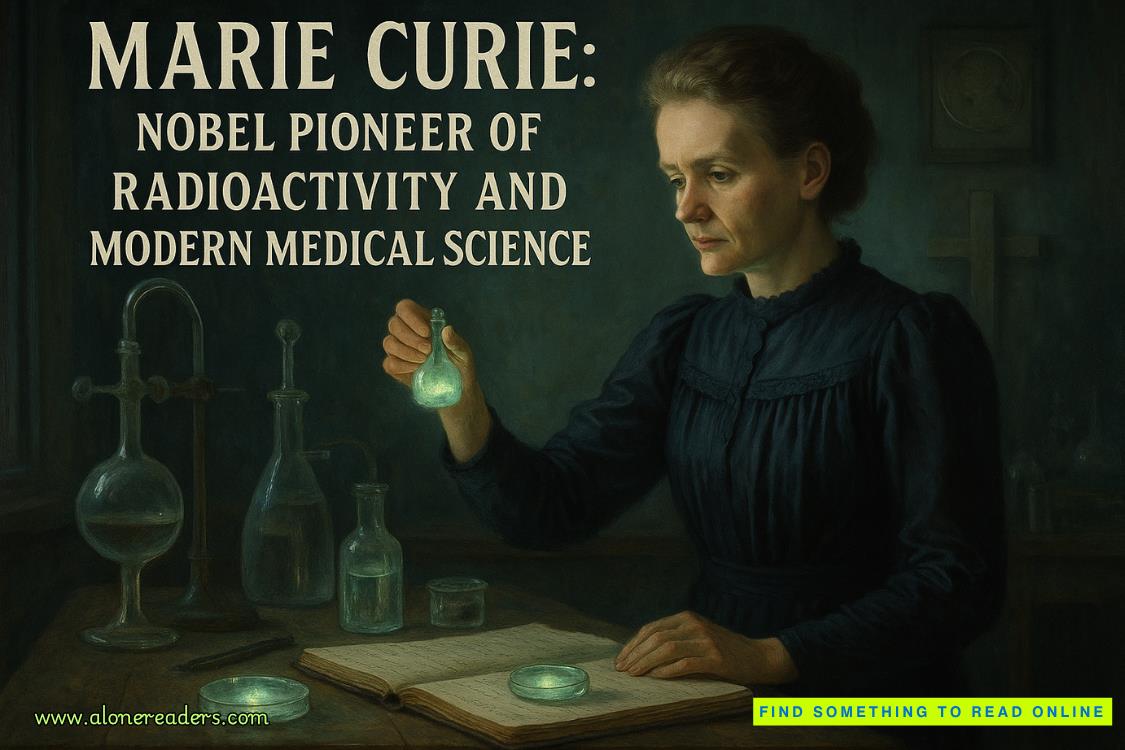There was nothing more but speculation and wild guesses. Tony tossed aside the newspapers and lay back in his chair; he could speculate for himself. The League of the Last Days! It might, of course, have been manufactured by one of the tabloids itself, and thus spread about the city. But Tony too vividly recollected Eve Hendron.
Kyto appeared with his highball; and Tony sipped slowly and thoughtfully. If this which he had just read, and that which he previously had encountered to-day, had meaning, it must be that some amazing and unique menace threatened human society. And it was at a moment when, more than ever before in his life or in his dreams, Tony Drake wanted human society, with him in it—with him and Eve in it—to go on as it was. Or rather, as it would be, if things simply took their natural course.
Eve in his arms; her lips on his again, as he had had them to-day! To possess her, to own her completely! He could dream of no human delight beyond her! And he would have her! Damn this League of the Last Days! What were the scientists hiding among themselves?
Tony sat up vehemently. “A hell of a thing,” he said aloud. “The whole world is haywire. Haywire! By the way, Kyto, you aren’t a Japanese scientist, are you?”
“How?”
“Never mind. You don’t happen to send code messages to Einstein, do you?”
“Cold messages?”
“Let it pass. I’m going to bed. If my mother calls from the country, Kyto, tell her I’m being a good boy and still wearing woolen socks against a cold snap. I must have sleep, to be in shape for work to-morrow. Maybe I’ll sell five shares of stock in the morning, or possibly ten. It’s wearing me down. I can’t stand the strain.”
He drained his glass and arose. Four hours later, after twice again having attempted to phone Eve Hendron, and twice again having been informed that service for the night was discontinued, Tony got to sleep.
CHAPTER 3—THE STRANGERS FROM SPACE
IT was no tabloid but the Times—the staid, accurate, ultra-responsible New York Times—which spread the sensation before him in the morning.
The headines lay black upon the page:
“SCIEN
TISTS SAY WORLDS FROM ANOTHER STAR APPROACH THE EARTH
DR. COLE HENDRON MAKES ASTONISHING STATEMENT IN WHICH SIXTY OF THE GREATEST PHYSICISTS AND ASTRONOMERS CONCUR.”
Tony was scarcely awake when Kyto had brought him the paper.
Kyto himself, it was plain, had been puzzling over the news, and did not understand it. Kyto, however, had comprehended enough to know that something was very different to-day; so he had carried in the coffee and the newspaper a bit earlier than customary; and he delayed, busying himself with the black, clear coffee, while Tony started up and stared.
“Dr. Cole Hendron, generally acknowledged to be the leading astro-physicist of America,” Tony read, “early this morning gave to the press the following statement, on behalf of the sixty scientists named in an accompanying column.”
Tony’s eyes flashed to the column which carried the list of distinguished names, English, German, French, Italian, Swiss, American, South African, Australian and Japanese.
“Similar statements are being given to the press of all peoples at this same time.
“‘In order to allay alarms likely to rise from the increase of rumors based upon incorrect or misunderstood reports of the discovery made by Professor Bronson, of Capetown, South Africa, and in order to acquaint all people with the actual situation, as it is now viewed, we offer these facts.
“‘Eleven months ago, when examining a photographic plate of the region 15 (Eridanus) in the southern skies, Professor Bronson noticed the presence of two bodies then near the star Achernar, which had not been observed before.
“‘Both were exceedingly faint, and lying in the constellation Eridanus, which is one of the largest constellations in the sky, they were at first put down as probably long-period variable stars which had recently increased in brightness after having been too faint to affect the photographic plate.
“‘A month later, after photographing again the same locality, Professor Bronson looked for the two new stars and found that they had moved. No object of stellar distance could show displacement in so short a space of time. It was certain, therefore, that the newly observed bodies were not stars. They must be previously unobserved and unsuspected members of our solar system, or else objects, from outside our system, now approaching us.
“They must be new planets or comets—or strangers from space.
“‘All planets known to be associated with our sun move approximately in the plane described by the earth’s orbit. This is true, whatever the size or distance of the planets, from Mercury to Pluto. The two Bronson bodies were moving almost at right angles to the plane of the planetary orbits.
“‘Comets appear from all directions; but these two bodies did not resemble comets when viewed through the greater telescope. One of them, at the time of the second observation, showed a small but perceptible disk. Its spectrum exhibited the characteristic lines of reflected sunlight. Meanwhile, several observations of position and movement were made which made it plain that the two Bronson bodies were objects of planetary dimensions and characteristics, approaching us from out of stellar distances—that is, from space.
“‘The two bodies have remained associated, approaching us together and at the same speed. Both now show disks which can be measured. It can now be estimated that, when first observed, they had approached within the distance from the sun of the planet Neptune. It must be remembered, however, that they lie in an entirely different direction.
“‘Since coming under observation, they have moved within the distance of the orbit of our planet Uranus, and are approaching the distance of Saturn.
“‘Bronson Alpha—which is the name temporarily assigned to the larger of the two new bodies—appears in the telescope similar in size to Uranus. That is, its estimated diameter is something over forty thousand miles. Bronson Beta, which is the smaller of the two bodies, has an estimated diameter of eight thousand miles. It is similar in size, therefore, to the earth.















